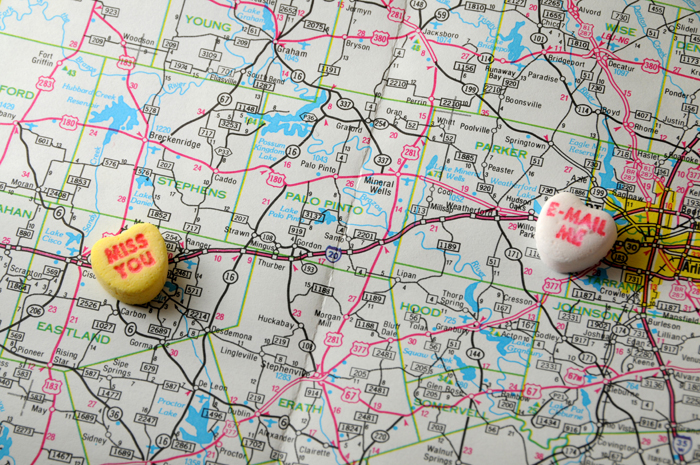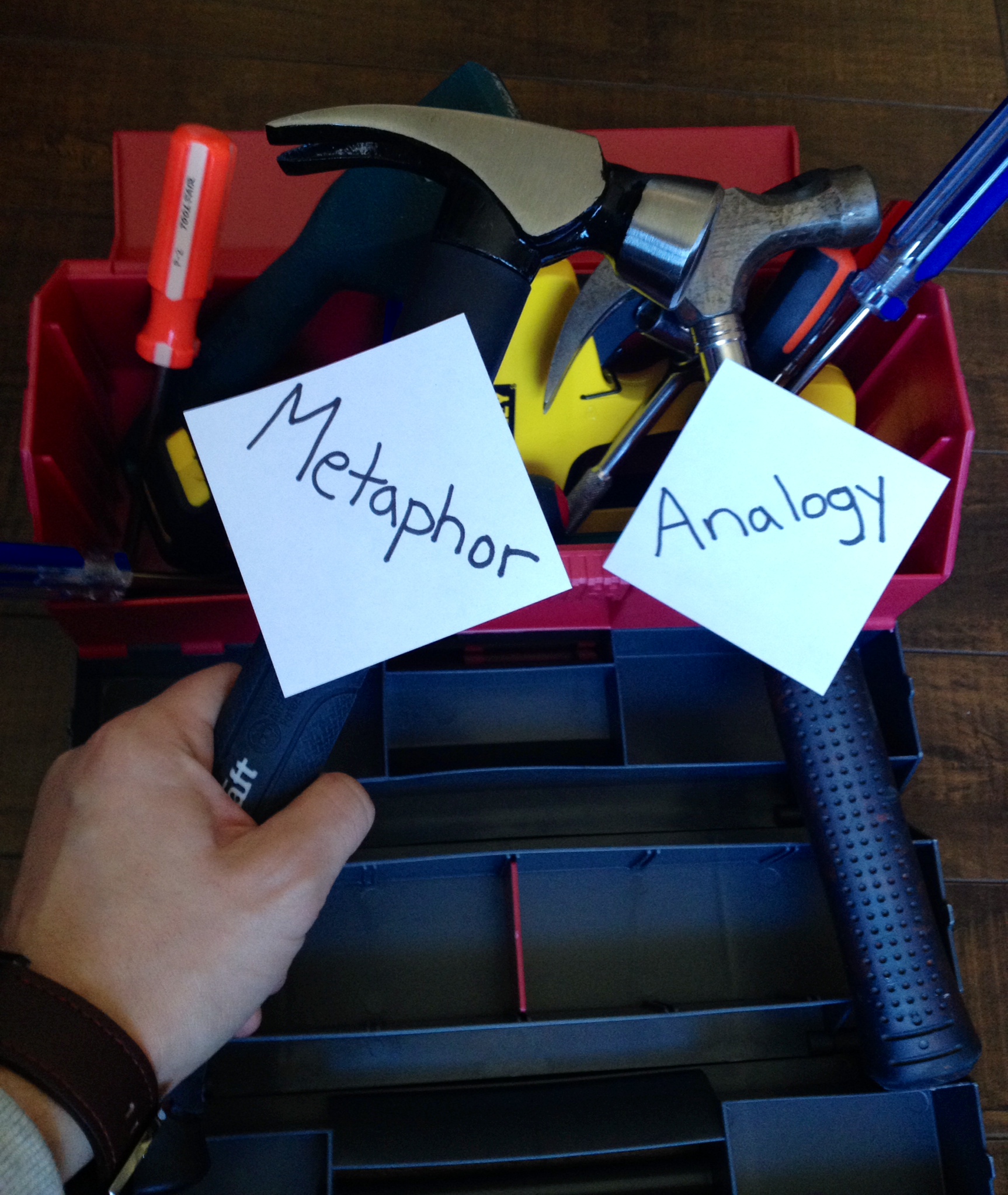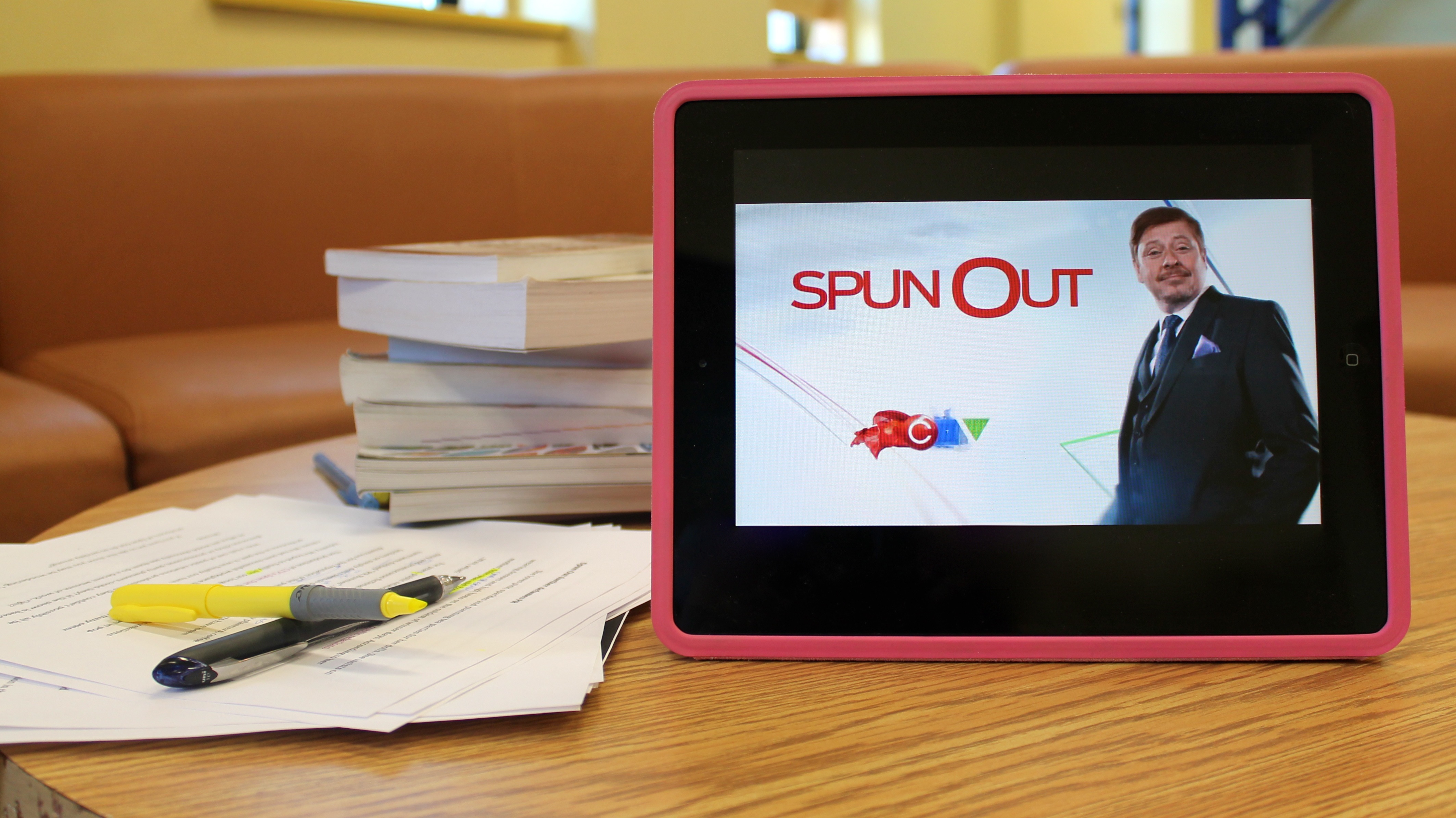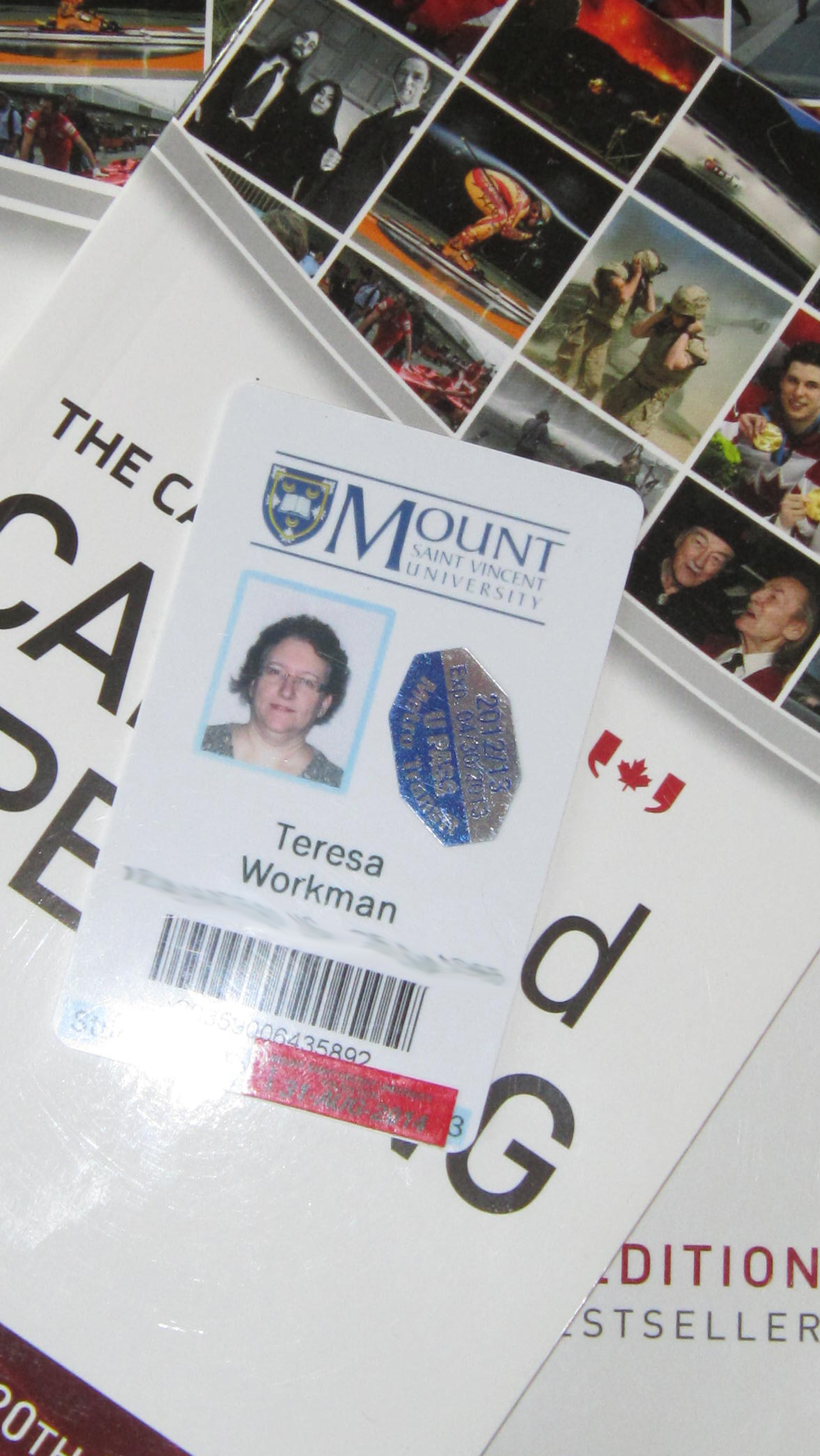Bethanee Diamond
Can you imagine the practice of PR today without communication technology? No phones, television or social media seems unimaginable.
Without the evolution of social and religious rituals, the profession as we know it would not exist. As humans, we have evolved from a species of solitude to one that fears isolation. So how has this evolution affected the practice of public relations? To answer this let’s venture back to the time of traditional religion.
In 11th and 12th century people believed that they had to be alone to perform religious rituals. The soul could only discover god when it was channelled into one’s self. A soul couldn’t hear god speak when people spoke around it. To be alone was highly valued and people needed to know the difference between the presence of others, and the presence of one’s self. Because of religious practices, solitude was considerable pleasurable and ideal.
However, fear of isolation began when humans moved away from cities to smaller residential areas. In ancient times humans usually lived in cities close to vendors, entertainment, and everyone else. Advances in technology enabled us move further away from other people. With the development of telephones and the Internet, people could speak to their friends and family across town, the country, the world, or the room. With further advancements, people were able to live further, and further apart. This change led people to fear isolation from their friends and loved ones.
Public relation practitioners now use many forms of media to share a message with a public. The use of newspapers, radios, magazines, billboards, and television maintain a positive relationship with publics. However, each new technology broadens the reach of communication.
Most recently, social media has made it easier to reach more people, more quickly and for less money. Without the human need to feel connected, many of these popular technologies may not be used or, exist. Despite these benefits of technology it’s still possible to be too connected. For example, in PR, social media has its downsides.
People use technology to satisfy their own needs. They may not always see your messages on social media, and they might not always hear the good news. People may also manipulate the messages on social media to satisfy their own needs. Opinion leaders online may “share” or “re-tweet” a message that has a comment of their own opinion. This can immediately influence how others perceive a message. This is a challenge in public relations because we have to be careful with the way their message is delivered, what they say, and what audience is targeted.
We’ve gone from a society that valued the time of solitude, to one that fears isolation. Fewer humans today practice the ritual of channelling one’s soul to god or to ourselves. Instead we channel our souls to media. This evolution of our society has caused public relation practitioners to adapt new ways they manage positive and strategic relationships with a public. Today, we are rarely channelled with ourselves, instead, we are channelled with everyone else.





